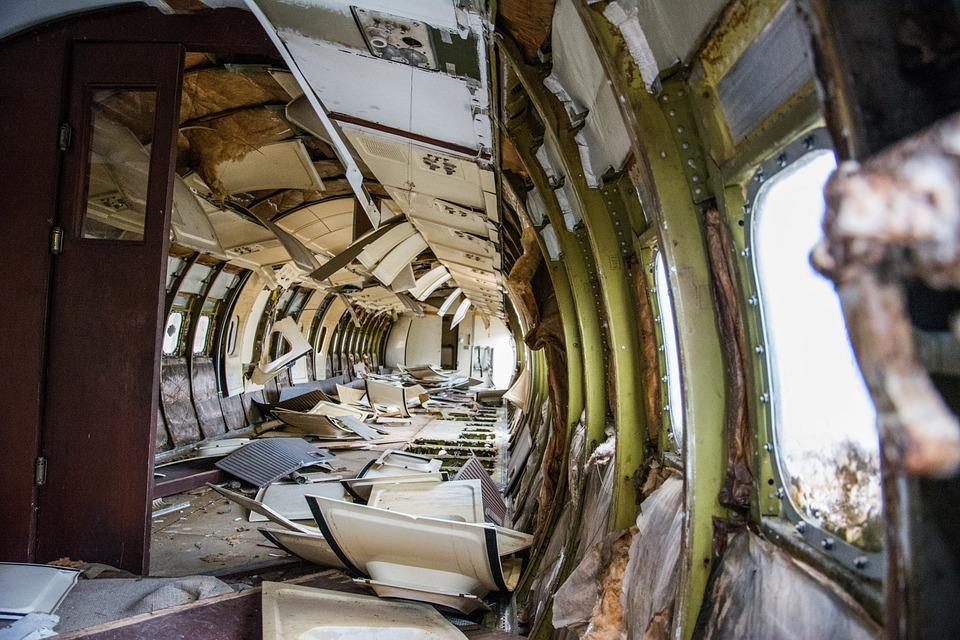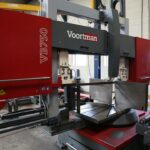Contingency Plans And Maintaining Them
Don’t Forget Your ELT!
An “ELT” is an “Emergency Locator Transmitter”. This transmits a signal at a certain frequency in order to help emergency personnel find you and your aircraft should something dire happen during transit. The thing is, older ELT transmitters functioned on a frequency that wasn’t easy to pick up; especially if crashes were in a remote location.
New ELTs transmit on a 406 MHz frequency. Older 121.5 MHz transmitters were less than useful in remote locations—the signal was harder to pick up. What use is a device that sends out a signal if that signal can’t be picked up? Thus the upgrade.
If you’re going to have an ELT in your aircraft, as per modern regulations, it only makes sense that it be an effective component of your plane. So don’t forget it! Usually these are stored in the tail cone of an airplane, and can be missed during annual flight checks. You want strong batteries in that thing. It’s easy to forget their replacement, crash, and then be out of luck.
Conserving Resources While Maintaining Your ELT
Thankfully, you can source more effective batteries today. According to AeroInStock.com, ELT batteries are FAA-approved and constitute: “…a direct replacement for the E-01 model.”
One of the most important components of aviation is safety. From filing a flight plan—an optional thing for VFR flights but designed to let emergency response personnel have somewhere to look for you if you go missing—to getting your instrument flight rating (IFR), to including safety food and water in your plane, safety is essential to flight.
Because airplanes don’t always follow industrialized landmarks or roads, when an issue arises, the crash can take place many miles from any civilization. This is quite true in transits over the Rocky Mountains, or in the western portions of the USA generally. It’s especially true in Alaska, where not only is everything remote, it’s sub-arctic.
The Reality
While it isn’t possible to prevent every mechanical difficulty, through careful consideration of operating systems both electronic and mechanical, many unsafe situations can be avoided. You want to continuously replace components on your aircraft as they reach their limit of safely rated usefulness, or exhibit signs of declination.
In the air, there are very few solutions you’ll be able to fix with rubber bands and paperclips or some other rapidly-sourced solution. Certainly you can fix some things, but usually your hands will be tied.
Technology And Consequences
It’s said that technology creates as many problems as it solves. Well, this is a half-truth. If you are diligent to calculate for the weaknesses in tech, you don’t have to be subject to additional difficulties with it. Certainly aviation allows quicker, less impactful transit without the insanity of a freeway. And there are many who would say air travel is safer than driving, statistically.
This may certainly be the case, but only for those who understand the risks involved, and how to plan for them. Be sure your ELT’s battery is up-to-date and replaced regularly. Be sure you’ve got emergency supplies like water and beef jerky, as well as protein packs and vitamins. Be sure you have warm clothes in the plane.
These things are all in conjunction with a pilot ensuring all aspects of operation are at peak capacity. As you learn to fly, such things will be hammered into your mind; but there’s a reason: they can’t be stressed enough.
Yet remain cognizant of where you are and what you’re doing, and the risks of flight become statistically diminished. As more and more people fly, problems are identified and curtailed.

















